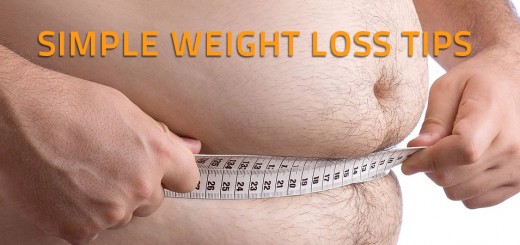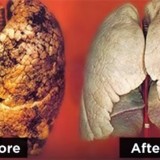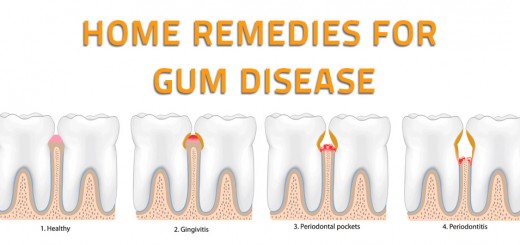
When you eat healthy foods, you don’t have to worry much about calories. In fact, in the early stages of your diet, you don’t focus on calories at all it will only make you hate the process. Still, you need some measure of what you’re taking in so you don’t overeat or undereat, which can slow your metabolism.
You must estimate your portion sizes, which you can do with a wave of your hand. A threeounce serving of lean meat (your main source of protein on this plan) is about the size of your palm. A cup of starchy carbs, such as from potatoes or rice, is the size of your clenched fist, while a serving of fruit is one whole piece or one cup. A tablespoon of healthy fats from oils like olive or coconut is roughly the area of your thumbnail, and a serving of nuts or seeds amounts to a handful.
Aim for about 10 total servings of protein and five servings each of carbs (vegetables aren’t counted) and fats on days you don’t strength train. On the days you do lift weights, you’ll require a bit more food.
TIMING
You should eat a balanced meal about every three hours. Nutritionists used to advise this as a way to speed the metabolism, but research hasn’t shown that to be true. It is, however, a simple way to manage hunger and keep blood sugar from dipping too low, so your energy will be steady all day. Having long gaps between meals can leave you ravenous—which, in turn, leads to poor food choices when you do get to eat. In general, five meals per day ought to do it.
Another consideration regarding when you eat is whether or not you’re strength training that day, and if you are, when the workout occurs. Along with many other benefits, exercise also primes your body to better process nutrients (especially carbohydrates) from your food in the hours right after a workout. A 1998 study published in the International Journal of Sports Medicine showed that the body’s glycogen (stored carbohydrate) reserves became “supercompensated” when carbs were consumed immediately post-exercise, and that delaying feeding by just two hours attenuated muscle glycogen storage by up to 50%.















